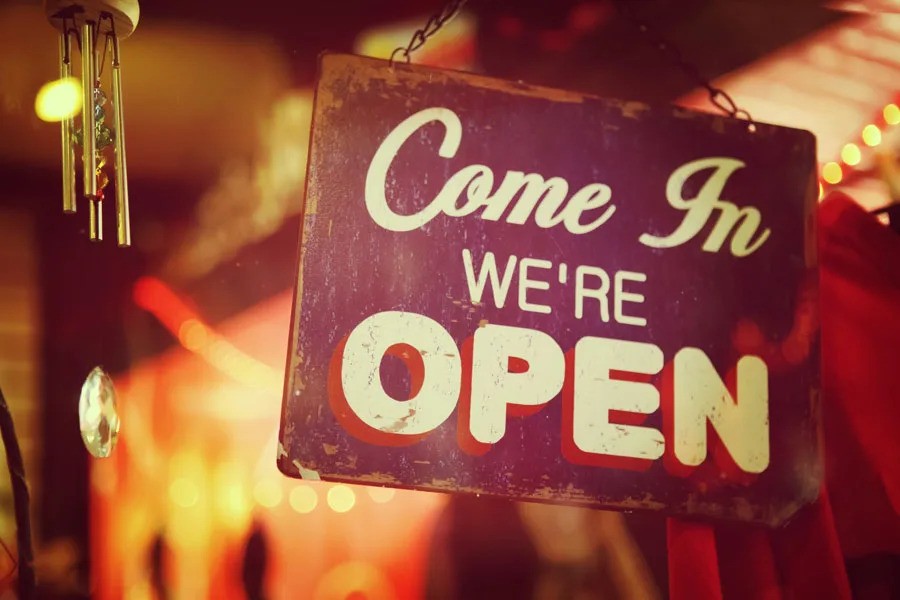

What is a Bi-directional people counter?
Bi-directional people counters differentiate between when someone is entering and when someone is exiting an area. Other people counters can only count how many times someone passes through a doorway, which can potentially skew your results.
Glean accurate sales conversion rate data.
Bi-directional people counters allow you to track how many people are entering or exiting your store, or an area of your store, at any given time of day, which you can then compare to sales data. You can use this comparison to calculate a sales conversion rate, which allows you to make better business decisions based on the data.
Keep track of how many people flow through your store throughout the day.
Bi-directional people counters can keep track of how many people move in and out of the store at any given time. With omnidirectional counters, you wouldn’t be able to tell how many of the counts are entrances and how many are exits; you could have 100 people walk in before any of them exit and you would be left to guess whether this was the case or whether 50 people entered and then exited. This can work very well for some establishments, but not so well for others. Other stores might be better suited for bi-directional counters that can pick up on these details, allowing you to get more accurate, real-time store traffic data.
Ensure staff is deployed as effectively as possible.
For larger retail stores that have multiple departments, bi-directional people counters are a must. Placing them in the entranceways to each department will allow you to track how many customers flow in and out of different departments at certain times. Knowing which days and which times of day traffic are highest in certain departments will allow you to staff these departments appropriately. Without bi-directional people counters, you may not be able to differentiate between people entering versus people exiting in department areas and this could potentially lead to over or understaffing.
Accurately evaluate marketing success.
Measuring the success of large-scale and smaller-scale marketing campaigns comes down to the strategic implementation of bi-directional people counters. The success of storewide or department-specific promotions can be measured with the counters to see how much foot traffic the store or an area of the store receives. This will allow you to calculate sales conversion rates. You can use this marketing data to compare your campaign’s success to previous marketing campaigns your store has conducted, as well as to marketing campaigns’ success at other stores in your chain, and to the success of competitors’ campaigns. Basic business metrics such as CPM (cost per thousand), the cost of reaching one thousand people or households, can be calculated from this data as well as sales per square foot.
Ultimately, knowing and understanding your traffic periods, including highs, lows, and everything in between, will allow you to optimize your business for success.